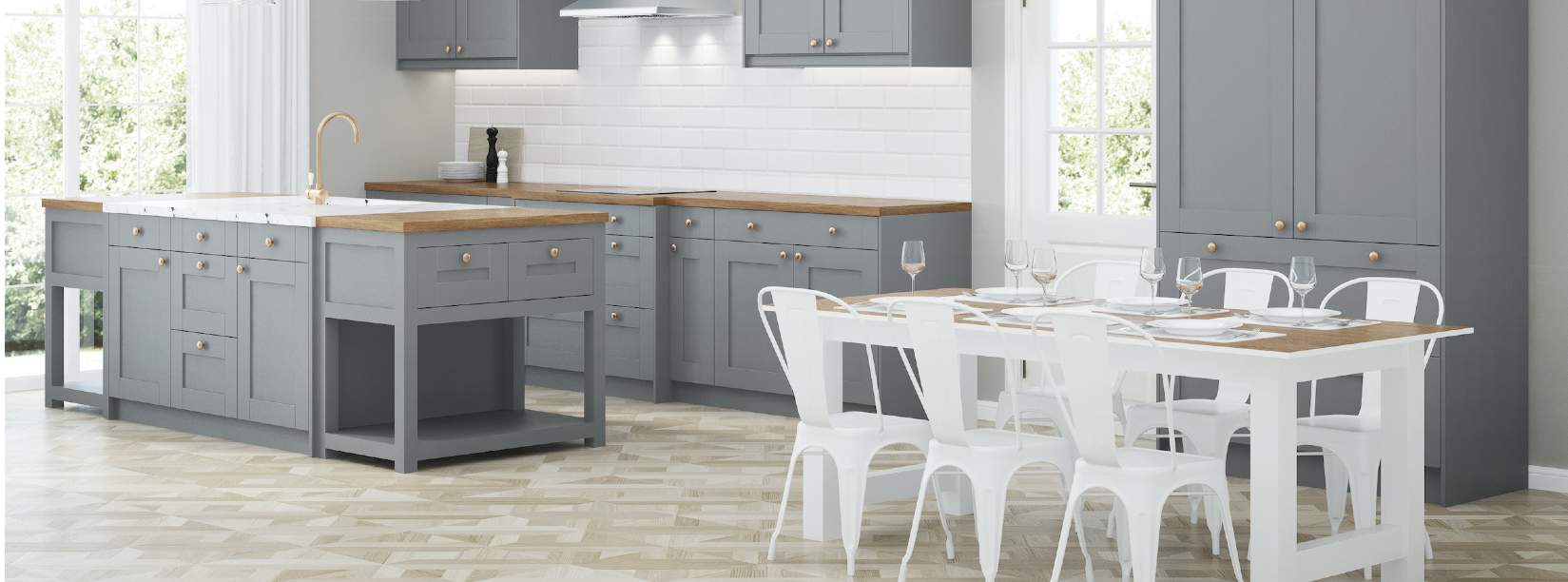One of the best ways for landlords to attract discerning tenants is to refresh a rental property regularly, ensuring it has a contemporary appeal and a durable finish. Here are a few top tips:
Tiles
Tiles are hardwearing and practical and there’s a lot that can be done with them, especially in a rental property. Choosing the right tiles for the right area is important though. Large tiles, ideal for floors and bathroom walls, require less grout and are therefore easier to clean. Grey grouting looks fresher for longer.
Scuffs are less visible on darker floor tiles while white tiles on kitchen walls will add a crisp, modern feel. Mosaic tiles are best avoided, however, as the grout can crumble easily over time, causing the tiles to come loose.
Neutral tones
Neutral colour schemes provide a blank canvas, allowing potential tenants to visualise how they might personalise the space with their own accessories. Bright white can look stark so using an off-white creates a cosier feel, and you could try a modern, bolder beige in a bedroom to differentiate parts of the home.
In rental properties it’s also best to steer clear of wallpaper. Not only can this be a personal taste, wallpaper is also more prone to damage from high tenant use. Snags from furniture removal and picture hooks can cause problems at the deposit return stage.
Flooring
Tiles, laminate or wood are a must for kitchens and preferably tiles only in bathrooms. Hallways will receive the most footfall so will need a practical floor covering appropriate for the property. In carpeted areas, a wool-mix carpet is always recommended, and an 80/20 mix can last up to 10 years if looked after.
Window dressings
Curtains can be expensive to clean or replace making blinds a more cost-effective option. Blackout blinds are recommended for bedrooms, as most tenants will request these, while Roman blinds in a chosen fabric can give as much of a personal look as curtains.
Lighting
Make sure light fittings are compliant with current regulations and can be easily sourced if broken during a tenancy. Fittings should also take regular bulbs as it's the tenants who will have to change them.
Kitchen
Refreshing the kitchen may cost less than expected and a few changes, such as installing a metro-tile splashback, replacing worktops or changing taps or door handles to more contemporary fixtures, could make all the difference.
Most tenants will not require top-of-the-range appliances and will be happy with more widely available cost-effective alternatives. These are often easier and quicker to repair as parts are more readily available and can be installed by any appliance engineer.
